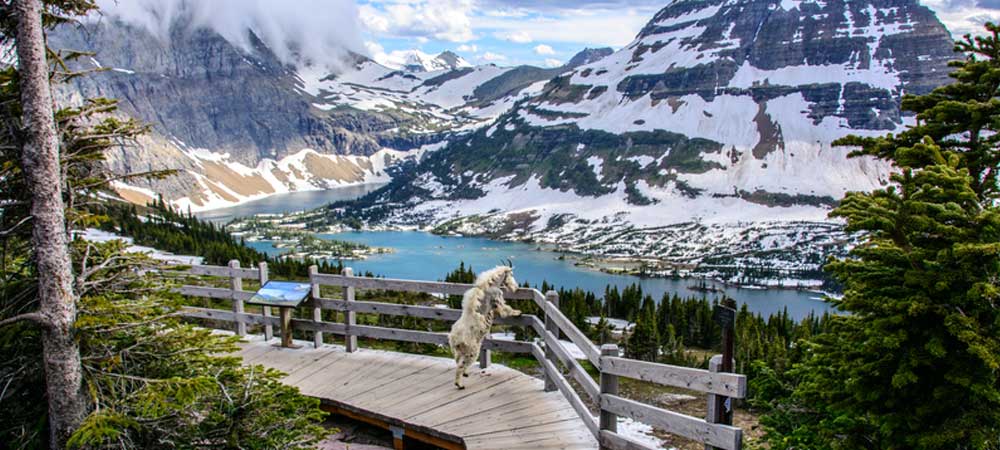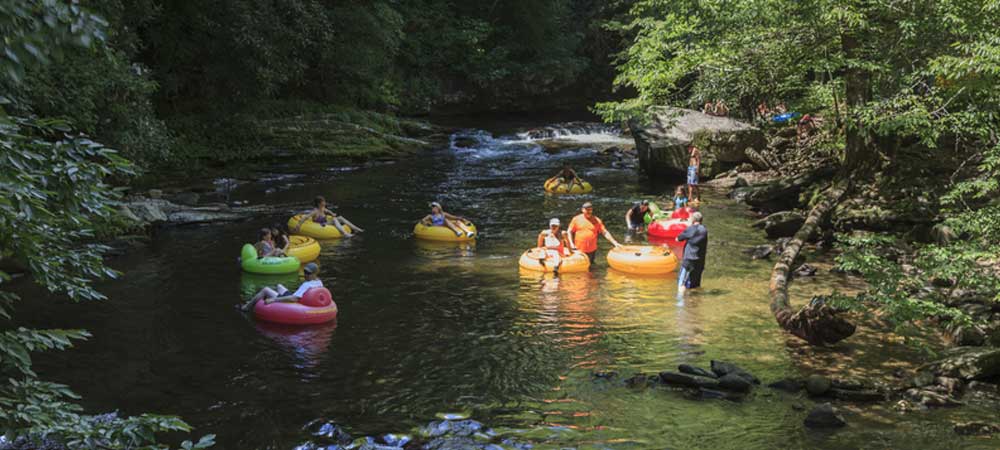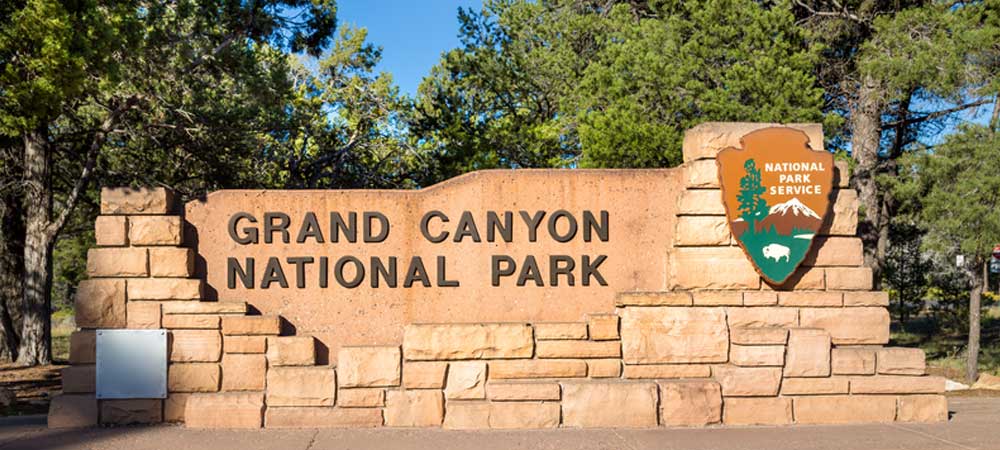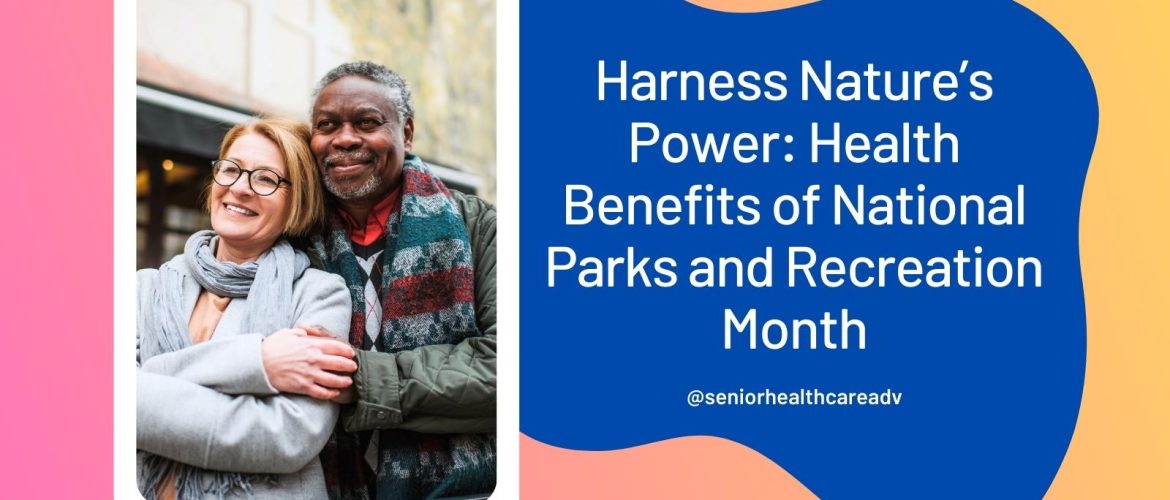Harness Nature's Power: Health Benefits of National Parks and Recreation Month
“I go to nature to be soothed and healed and to have my senses put together.” John Burroughs
People have been celebrating Park and Recreation Month in the United States since 1985 to promote building resilient, strong, and vibrant communities through the strength of parks and recreation while recognizing their full-time parks and recreation professionals of more than 160,000 men and women, along with their seasonal employees and hundreds of thousands of part-time workers in the field of parks and recreation. Also celebrated are the many volunteers who, together with the rest of the parks and recreational professionals, maintain the country’s state, local, and community parks.
“Where Community Grows” is this year’s (2023) theme, celebrating the important role park and recreation workers play in uniting people, providing vital services, and fostering the continuous growth of our communities.
Health Benefits of Getting Outdoors
Smarter
Spending just twenty minutes outside in nature helps children and adults with ADD or ADHD improve their concentration and lessen the need for medication. For older adults, taking a nature walk improves memory and cognitive function. These benefits can greatly improve your ability to think quicker and smarter.
Stronger
Walking in nature offers you great health benefits, much more so than doing the same thing inside, such as on a treadmill. People are much more likely to repeat this type of activity because it is conducted in a natural environment. The scenery never stays the same. Walking with a group in a national park instills a sense of community and bonding, making the individuals more likely to have stronger ties to the members of their communities.

Healthier
Taking a thirty-minute walk in a national park improves heart health, lowers cholesterol, and improves circulation, blood pressure, and blood glucose. Nature walks reduce inflammation and add a boost to your immune system, which lowers your risk of certain cancers and other diseases. Studies on national park activities revealed that interacting with a natural environment increases socialization, which prevents dementia and other diseases.
Observing animals and listening to bird songs in nature promotes wellness, improves mood, reduces stress, and lowers attention fatigue. The natural scents from plants, soils, and wood have a calming effect, and taking in these sights can reduce any overwhelming feelings you may be having.
Happier
Taking just a five-minute nature walk improves relaxation, mood, and self-esteem. Taking those walks frequently lowers levels of anxiety and depression while promoting a sense of fulfillment and well-being. Studies show that physical activity in a natural environment lowers cortisol levels and reduces stress by 15%!
Increased Productivity
Being physically active in a green space improves short and long-term memory, cognitive control, and overall brain function. Attention and mental restoration take place by achieving the habit of walking in parks. Concentration gets better, and learning gets easier.
Exercising in nature leads to greater health benefits than performing the same activity indoors. Living close to a national or a local park can increase your working memory and concentration. It is easier to motivate yourself when you can look forward to the beauty of the land, all while boosting your heart and metabolic rates and lowering your anxiety and stress.
Many of the national parks offer scenic rivers where you can engage in hobbies such as biking, hiking, art, and volunteering. Hobbies are important to your health; they are a time where you can pause and be one with an activity you enjoy. Paddling is a favorite hobby of many. All you can do while you are floating is, well, float! It is about letting go of control. You can’t make the river go any faster or slower, so you just have to sit back and enjoy the ride. Taking pictures, finding animals in the clouds, and most importantly, being unplugged-there probably isn’t great cell service anyway.
Breathing in the fresh air while visiting a national park is a good way to clear your mind. With a clearer mind, you can concentrate better and gain a feeling of happiness. Wellness activities can be as simple as looking out of your car window and beholding the awesomeness of the outdoors.
Practicing mindfulness is wonderful for your health. Spending time near the waterfalls gives you time to use all five of your senses.
Listen, smell, look, feel, and taste exactly where you are in that moment. Doing this in any national park as you travel grants you this unique experience-one for the memory books to last a lifetime. Call it your “senses tour” and try to do it in many of the national parks.
Glacier National Park

Glacier National Park is a showcase of carved valleys, melting glaciers, spectacular lakes, and alpine meadows. It spans 1,583 square miles in Montana’s Rocky Mountains. These valleys run along the Canadian border and hold more than 700 miles of hiking trails. Backpacking, camping, and cycling along its diverse wildlife ranges will give you a nice dose of wellness activities to place neatly into your health and wellness tool kit.
Fun Facts: Glacier National Park
- Glacier National Park is part of the world’s first international peace park.
- Glaciers straddle the Continental Divide, allowing for extreme weather.
- Going-to-the-Sun Road is a spectacular marvel and a must-see on your trip to Glacier. US Department of Interior
Great Smoky Mountains National Park

The Great Smoky Mountains National Park is the most visited national park in the United States. It is the perfect getaway for camping and hiking. It is one of the oldest mountain ranges in America. Established in 1926, the Great Smoky Mountains National Park is on the border of Tennessee and North Carolina. It got its name from the ever-present morning fog and is best known for its world-renowned plant and animal diversity. The beauty of its mountains displays nearly 80 historic buildings.
Fun Facts: Great Smoky Mountains National Park
- There is no entrance fee to the national park.
- Salamander Capital of the World
- Some of the Oldest Mountains in the World
Grand Canyon National Park

From rim to rim, you can hike, ride mules, or take a whitewater rafting trip around Grand Canyon National Park. It encompasses river tributaries, canyons, and the beautiful ground surrounding the park. Millions of people make the trip to Grand Canyon National Park each year, making it one of the most popular tourist destinations on the globe. It sits in the northwestern quadrant of Arizona and has been a UNESCO World Heritage Site since 1979.
Make sure to take in the aerial view of the Grand Canyon. You never have to leave the ground. The Hualapai Tribe manages the Skywalk, which is located on tribal grounds. It is a steel frame, horseshoe-shaped, with a glass floor. It is by far the most famous attraction the park has to offer.
Fun Facts: Grand Canyon
- The Grand Canyon is bigger than the state of Rhode Island.
- The most dangerous animal in the park is the rock squirrel.
- The Grand Canyon was carved over some 6 million years.
What Our Clients Are Saying
“Wonderful organization. Very Honest, caring, and professional. I would definitely recommend them to family and friends.”
“We have had a hard time finding insurance, as many others might have been doing recently. Finding SHA now was literal lifesaver..”
“There just aren't enough stars on this page for Danny - he went above & beyond to help us. He returned every phone call & answered every question we had.”





















